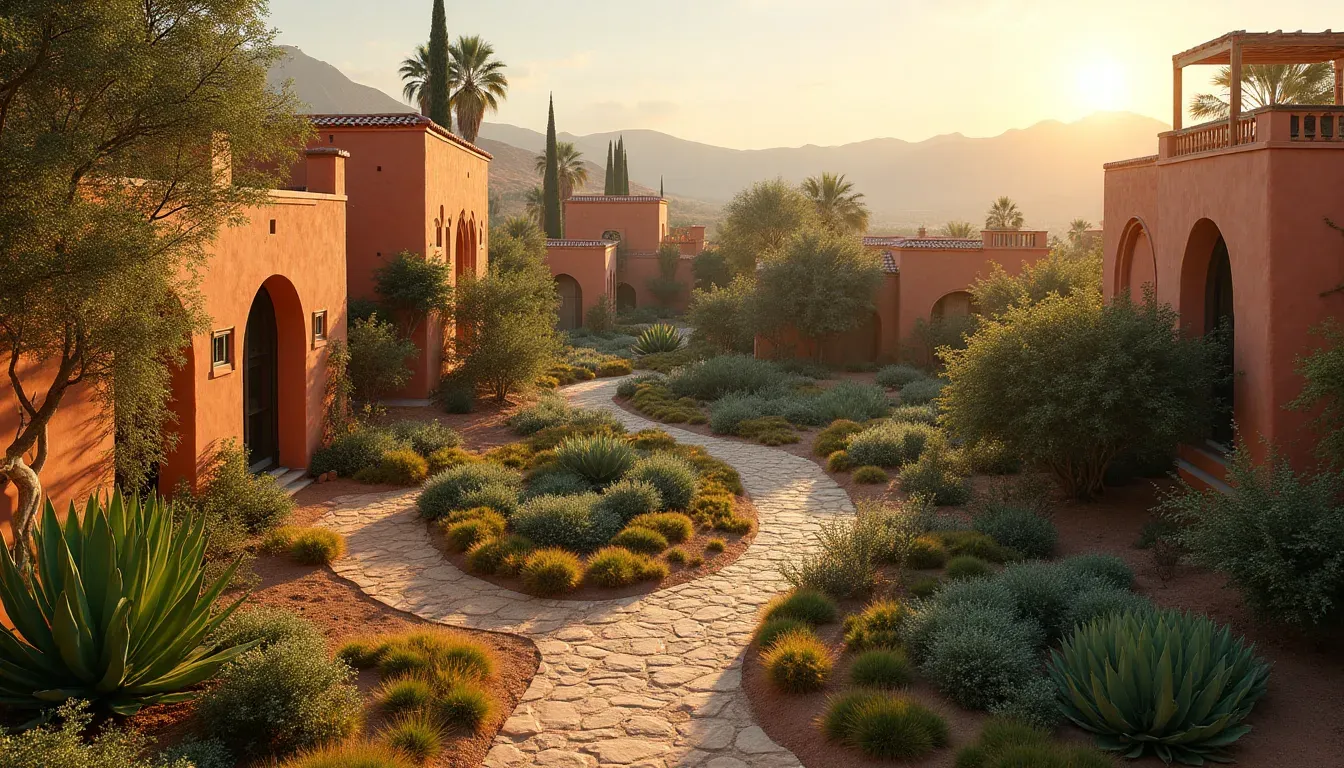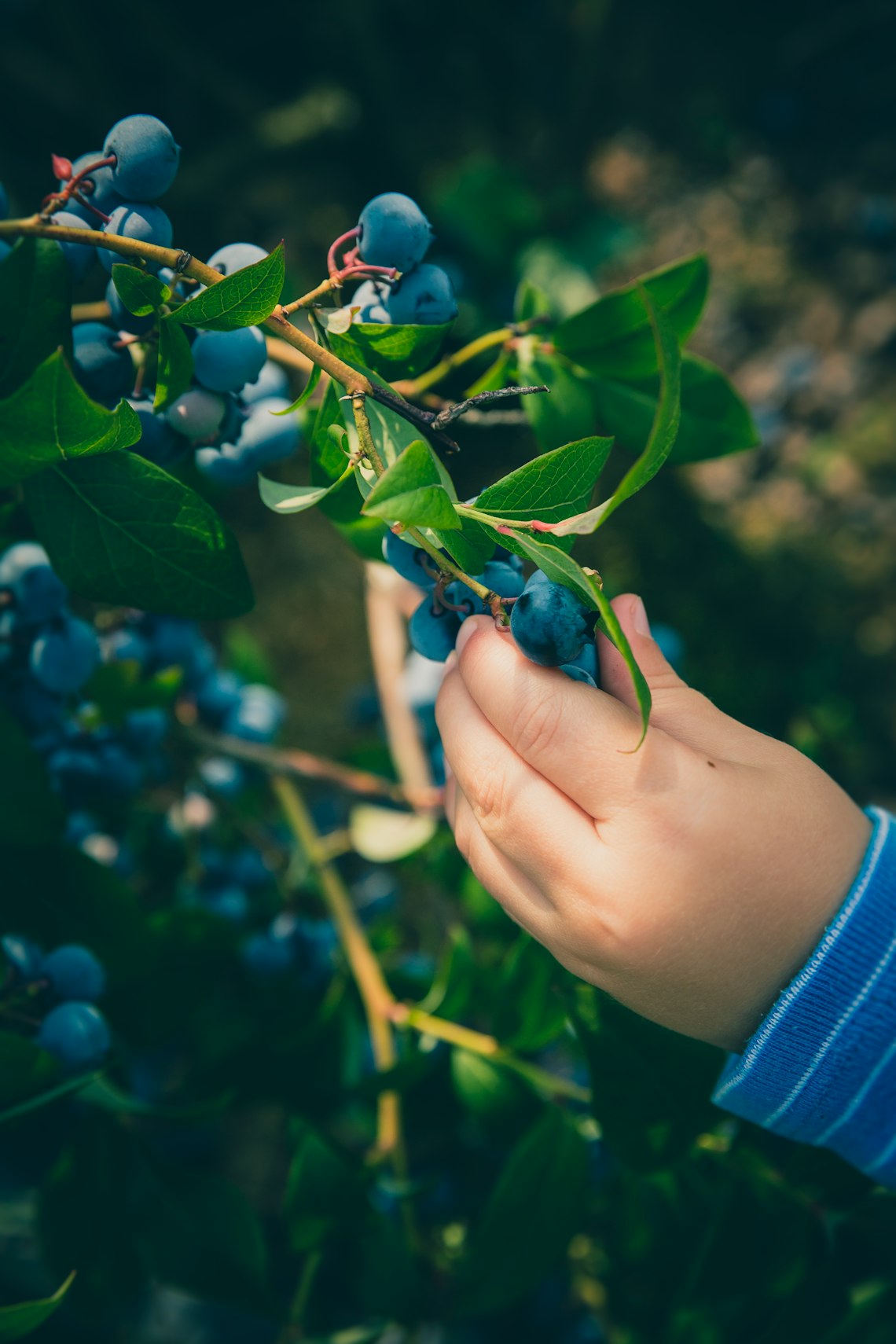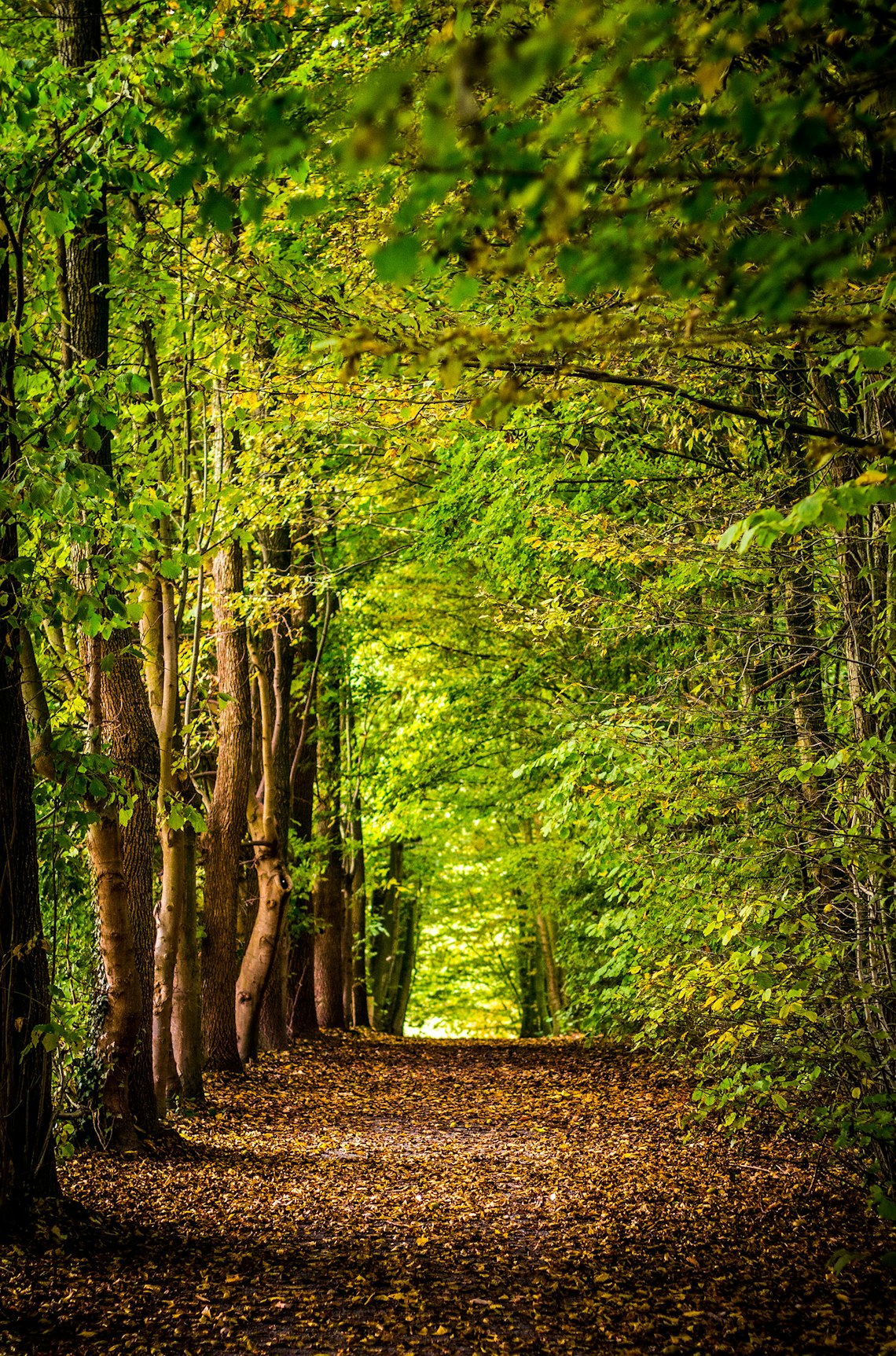Permaculture design is rapidly gaining attention as an effective approach to building sustainable futures, particularly in Moroccan communities. This eco-friendly practice emphasizes harmony with nature, utilizing local resources, and integrating humans meaningfully into the ecosystem. Through innovative community development, Moroccan communities are harnessing permaculture principles to create resilient environments and thriving landscapes.
Understanding Permaculture Design
Originally coined by Bill Mollison in the 1970s, permaculture design is an ecological approach to sustainable land management and human settlement design. Central to this approach is the idea of creating systems that mimic the natural environment, promoting biodiversity, and minimizing waste. By adopting these principles, communities can foster sustainability and self-reliance.
Eco-Friendly Practices in Permaculture
Permaculture design includes several eco-friendly practices that are essential for community development:
- Water conservation through rainwater harvesting and efficient irrigation techniques
- Soil regeneration by composting and using natural fertilizers
- Agroforestry, which combines trees with crops to enhance biodiversity
- Renewable energy sources, like solar and wind power
Sustainable Futures in Moroccan Communities
Moroccan communities are at the forefront of integrating permaculture design into their daily lives, effectively steering towards sustainable futures. By focusing on local needs and cultural practices, these communities are implementing eco-friendly practices that’re adaptable and practical.
Community Development Initiatives
Several grassroots organizations in Morocco are pivotal in this transformation:
- Educational Programs: People are empowered through training sessions and workshops on permaculture principles.
- Community Gardens: Shared spaces where locals can grow food sustainably, fostering both food security and community bonding.
- Collaborative Projects: Local collaborations focus on creating water-efficient systems and renewable energy solutions.
Moreover, these projects often touch upon related subjects like organic farming, which can enhance the overall impact of sustainability efforts in Morocco and beyond.
Long-Term Benefits of Permaculture
The adoption of permaculture design is not only about immediate environmental benefits; it's a commitment to building sustainable futures. For Moroccan communities, this manifests in several lasting advantages:
- Increased food security and reduced dependence on external resources
- Enhanced social cohesion through cooperative community development projects
- Improved resilience against climate change impacts
In conclusion, permaculture design is proving transformative for Moroccan communities, offering a viable pathway to sustainable futures. By entwining eco-friendly practices and fostering community development, these areas are setting examples globally. As more communities around the world explore these sustainable strategies, the collective impact on global sustainability can be significant, echoing the integrated efforts seen in Moroccan locales.




